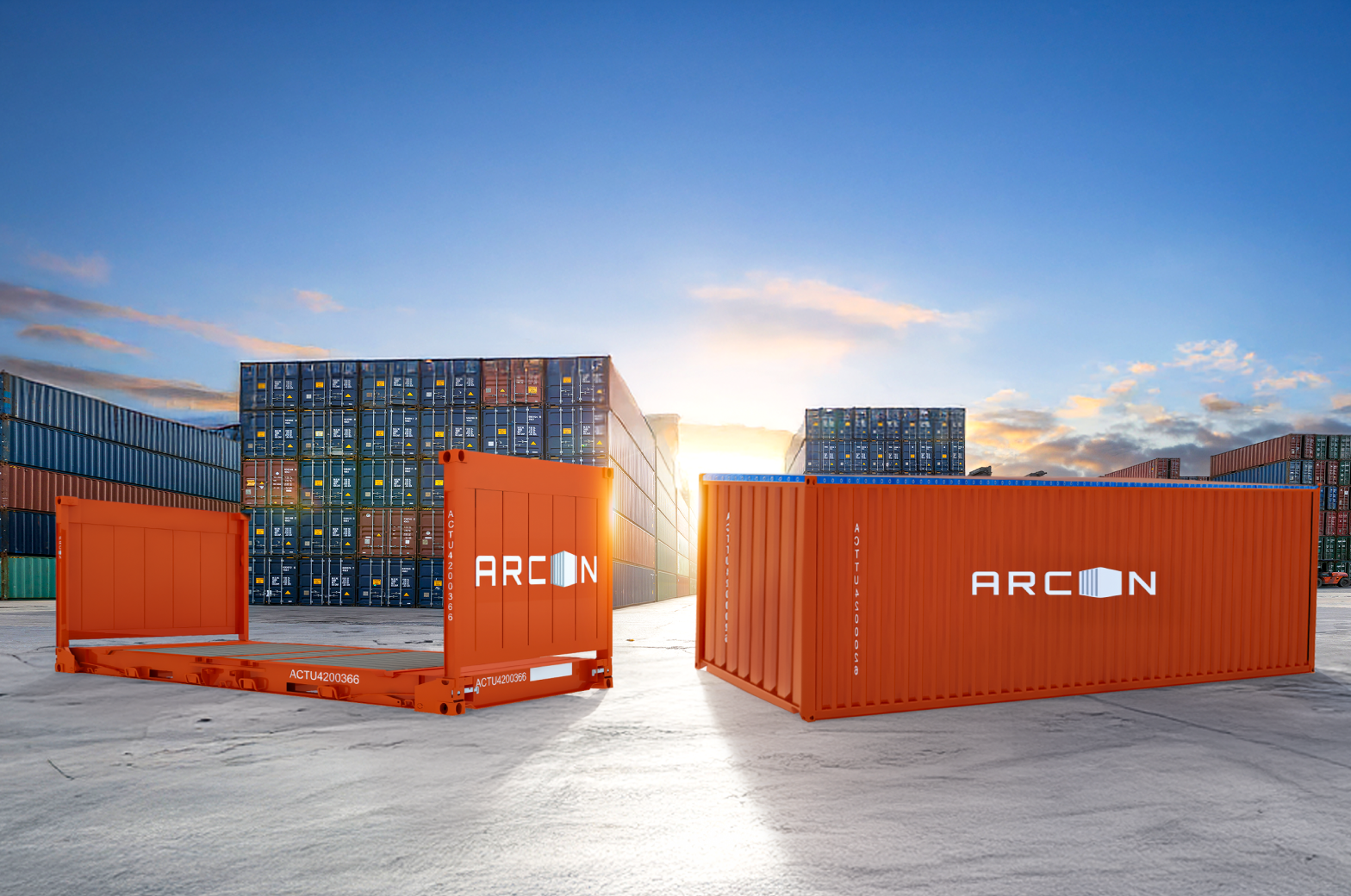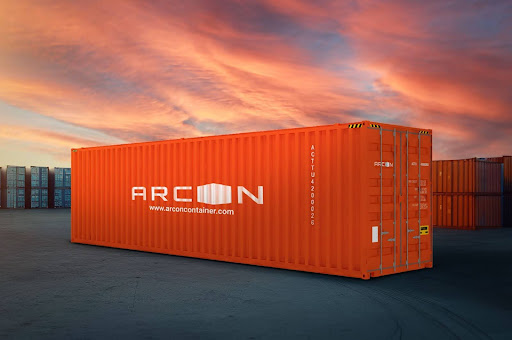Shipping containers are indispensable assets across logistics, construction, warehousing, and storage ecosystems. However, their growing use has also made them a common target for theft and tampering.
According to the Munich Re 2025 Cargo Theft Tactics and Trends Report, cargo theft rose sharply in 2024—especially in India, Brazil, Mexico, and the U.S.—with 41% of thefts occurring during transit. Commonly targeted goods include agriculture, electronics, fuel, and perishable commodities.
Whether you’re moving cargo across borders or securing high-value tools on-site, container security is no longer optional—it’s operationally critical. This blog breaks down common threats, smart locking strategies, and layered security approaches for different container use cases.
Why Container Security Matters
Steel containers are robust—but not invincible. Most thefts don’t involve sophisticated tools. Instead, they exploit:
- Low-cost or exposed locks
- Isolated or poorly lit storage locations
- Unmonitored transit stops
- Design modifications that compromise structural integrity
Beyond the loss of goods, a security lapse can result in:
- Insurance claims and disputes
- Delivery failures or delays
- Operational downtime
- Reputational damage in sensitive sectors like pharma or electronics
Common Security Risks to Watch For
Across industries, these are the most frequent container-related vulnerabilities:
- In-Transit Theft: Includes hijacking, rest-stop thefts, or targeted attacks in low-speed traffic areas.
- Yard Break-ins: Sites without surveillance, fencing, or lighting are prime targets.
- Modified Containers: Add-ons like windows or doors can become weak points if not reinforced.
- Low Visibility Zones: Containers placed in dimly lit or remote areas are more likely to be tampered with.
Which Shipping Container Lock Should You Use?
Not all locks offer the same level of protection—and different environments demand different setups. Here’s a comparison of commonly used locks:
| Lock Type | Description | Best Use Case |
| Standard Padlock | Affordable, easily available—but vulnerable to bolt cutters | Supervised, short-term indoor use |
| Crossbar Lock | Heavy-duty steel bar across both doors, resists prying and cutting | Long-term static storage, high-risk areas |
| Lock Box + Padlock | Welded steel box shielding a padlock from bolt cutters and tampering | Standard for secure yard-based containers |
| Bolt/Cable Seals | Tamper-evident seals (ISO 17712 compliant), do not prevent entry but flag it | Intermodal shipping and customs compliance |
| Smart Locks | Electronic locks with GPS, remote monitoring, and real-time access alerts | Fleet use, high-value or regulated cargo |
Expert Tip: For static storage in high-risk zones, use a lock box + crossbar lock combo for maximum resistance against forced entry.
Beyond Locks: Practical Security Enhancements
Locks alone won’t stop determined intruders. Consider these add-ons for an integrated defense strategy:
- Welded Hinge Guards: Prevent doors from being removed or pried from the hinge side
- Internal Locking Systems: Additional deadbolts or bars installed inside the container
- Motion-Activated Lighting: Reduces risk in low-visibility zones
- GPS Tracking & Entry Sensors: Offers real-time visibility and entry alerts
- Security Cameras with Cloud Access: Useful for yards and temporary worksites
Container Security by Use Case
🔒 For Logistics & Fleet Operations
- Inspect locks and seals before and after each trip
- Use GPS trackers with geofencing for high-value shipments
- Plan transit routes with secure rest stops or bonded facilities
- Implement chain-of-custody documentation for compliance
🏗️ For On-Site or Self-Storage
- Install perimeter fencing and restrict vehicle access
- Monitor entry with CCTV and motion detection
- Maintain an access logbook for all personnel and contractors
- Standardize locking mechanisms across units to simplify audits
🏠 For Modified or Converted Containers
- Reinforce all new openings with tamper-proof materials
- Install internal security systems compatible with layout (e.g., alarms, sensors)
- Use ventilation grilles with anti-intrusion mesh
- Avoid exposed hardware that can be unscrewed or dismantled
Mistakes That Compromise Container Security

Even the most secure container can become vulnerable due to oversight. Avoid:
- Relying on a single, low-grade lock
- Leaving containers idle in unmonitored or “quiet” areas
- Ignoring gaps at hinges, floors, or modified walls
- Using one-size-fits-all security without factoring in site-specific risks
- Failing to document and review security protocols regularly
Conclusion: Container Security Is a System, Not a Single Product
Strong container security isn’t just about hardware—it’s about habits, monitoring, and tailored setups. The right lock matters, but what matters more is:
- Where you place your container
- How often you inspect it
- Whether your setup matches your operational risk
At Arcon, we’ve worked with teams across logistics, construction, and modular infrastructure, where secure container setups aren’t just useful, they’re business-critical. From rugged job sites to urban storefronts, we understand what it takes to keep your container and everything inside safe.
Whether you own, rent, or manage shipping container leasing projects, securing those containers should be built into your planning from day one.
👉 Want to plan your next secure container setup? Explore Arcon’s offerings or talk to our team to find what suits your needs.







